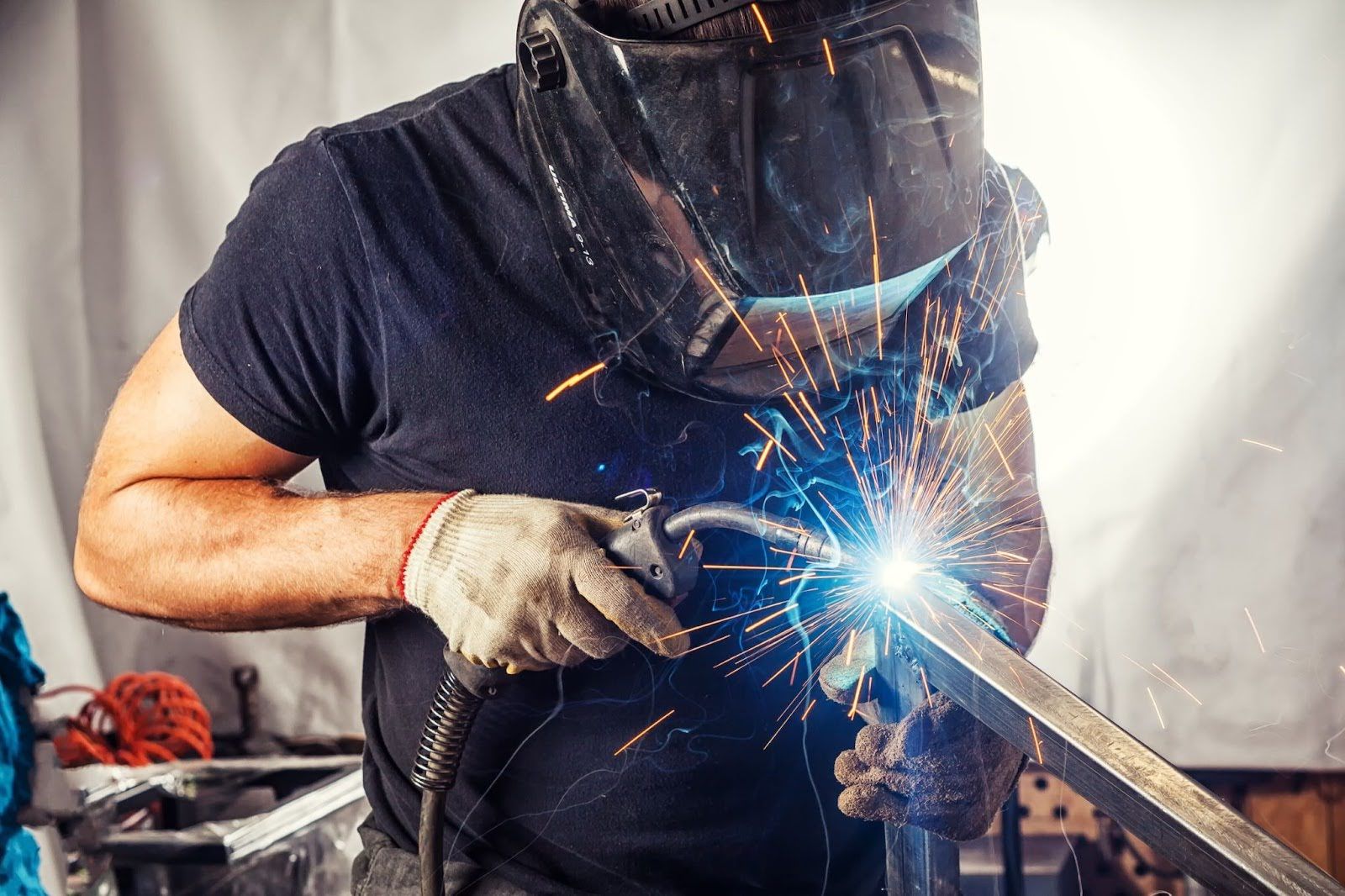Preventing Weld Undercut: Proven Techniques Every Welder Should Know
A Comprehensive Guide to Identifying, Stopping, and Repairing Undercut Welding Problems in Your Welding Projects
In the world of welding, experiencing undercut concerns is an usual difficulty that can jeopardize the structural stability and general quality of your welding projects. Recognizing the source behind undercut welding, having the ability to properly find it in your welds, and applying reliable preventative steps are essential skills for any kind of welder. Furthermore, having the understanding and techniques to remedy undercut issues when they do take place can make a significant distinction in the last end result of your welding ventures. Remain tuned as we discover the crucial elements of identifying, stopping, and fixing undercut welding troubles, offering you with useful insights and strategies to raise your welding skills to the next level.
Common Sources Of Undercut Welding
Undercut welding, a typical problem in welding processes, can be triggered by various variables that need to be thoroughly identified and resolved to make certain the integrity of the weld joint. Among the key reasons for undercut welding is extreme warmth input. When the welding criteria, such as voltage, current, or travel rate, are not appropriately set, an extreme amount of heat can be generated. This excess warm results in the melting and succeeding elimination of the base product along the edges of the weld joint, creating a groove recognized as undercut.
An additional common reason of undercut welding is improper welding strategy. Identifying these origin triggers and applying rehabilitative measures is crucial in stopping and rectifying undercut welding troubles in welding projects.
Identifying Undercut in Welds

To determine undercut accurately, correct illumination and magnifying devices are important to evaluate the weld joint completely. Using tools such as a welding gauge or a magnifying glass can help in identifying also the smallest undercut imperfections. Additionally, running a finger or a finger nail along the weld joint can sometimes expose undercut, as the surface might feel irregular or have a dip where the undercut exists.
Preventative Steps for Undercut
Having a deep understanding of the reasons for undercut in welds permits the implementation of efficient safety nets to maintain weld quality and stability. One vital preventive measure appertains weld joint preparation. Making sure that the sides are tidy, complimentary of contaminants, and correctly beveled can significantly reduce the probability of undercut (Preventing weld undercut). Furthermore, choosing the proper useful content welding parameters, such as voltage, existing, and travel rate, is necessary. These setups need to be optimized to stop excessive heat input, which can result in undercut development.

Methods for Dealing With Undercut

Enhancing the welding current or lowering the traveling speed can help fill in the undercut. Furthermore, changing the welding method from a press to a drag or vice versa can also aid lessen undercut.
An additional method is to use a weaving motion while welding to guarantee appropriate sidewall combination and fill in the undercut. By oscillating the welding arc back and forth within the weld joint, the welder can deposit more filler material into the undercut locations, properly removing the problem.
In addition, grinding out the undercut and rewelding the joint can be a feasible service for more extreme undercut issues - Preventing weld undercut. This process entails getting rid of the undercut area, preparing the base steel, and after that rewelding the joint with proper welding criteria and methods to stop undercut from repeating

Professional Tips for Preventing Undercut
Using appropriate welding techniques and keeping control over essential welding criteria are crucial techniques for welders intending to stop undercut in their weld joints. Furthermore, picking the appropriate welding procedure useful reference and filler metal for the specific application can assist protect against undercut. Preserving a regular traveling rate during the welding procedure is an additional essential suggestion to stop undercut.
Verdict
Finally, determining, protecting against, and dealing with undercut welding issues in your welding jobs is essential for making certain long lasting and strong welds. Preventing weld undercut. By recognizing the usual causes of undercut, having the ability to recognize it in welds, applying preventive procedures, and using appropriate techniques for taking care of undercut, you can avoid potential concerns and produce top quality welds. click to investigate Adhering to specialist pointers for avoiding undercut can aid you enhance your welding skills and generate better lead to your projects
Undercut welding, a common problem in welding processes, can be triggered by various factors that need to be thoroughly identified and dealt with to ensure the honesty of the weld joint. In addition, running a finger or a finger nail along the weld joint can sometimes disclose undercut, as the surface might really feel irregular or have a dip where the undercut exists.
Making use of correct welding techniques and maintaining control over crucial welding criteria are vital approaches for welders intending to protect against undercut in their weld joints.In verdict, identifying, preventing, and fixing undercut welding problems in your welding tasks is critical for making sure long lasting and strong welds. By recognizing the common reasons of undercut, being able to recognize it in welds, carrying out preventative steps, and using appropriate techniques for taking care of undercut, you can stay clear of potential concerns and develop high-grade welds.